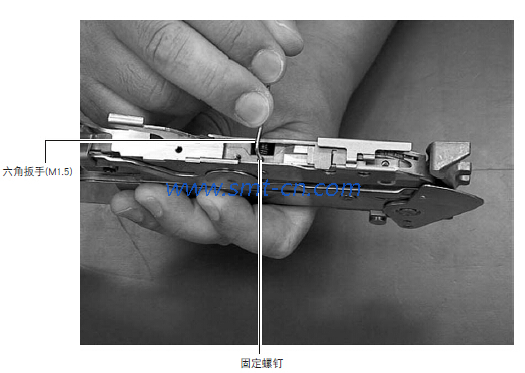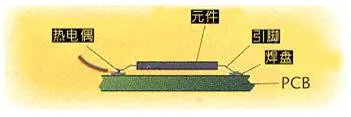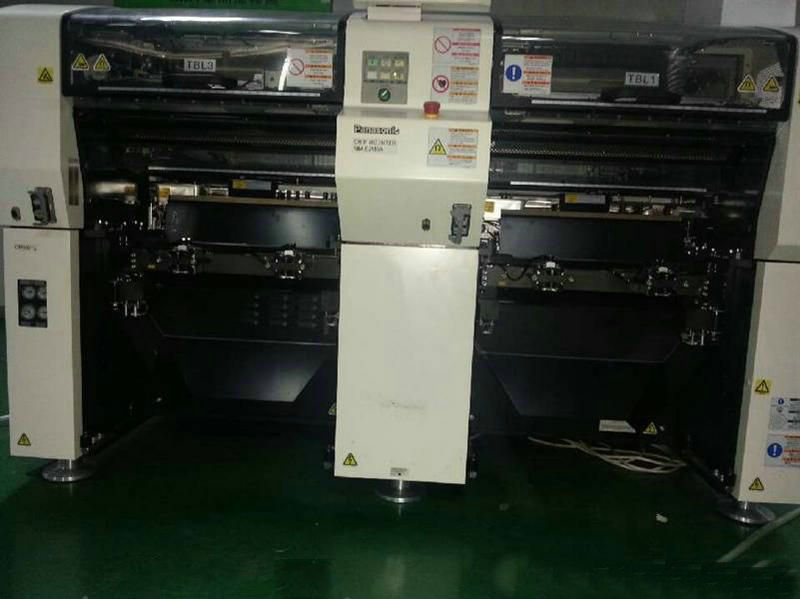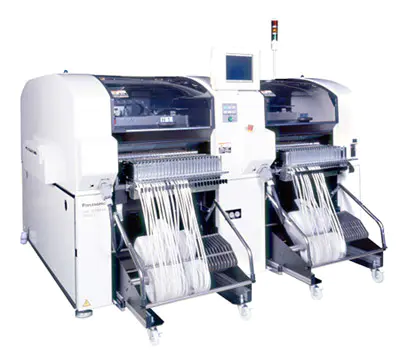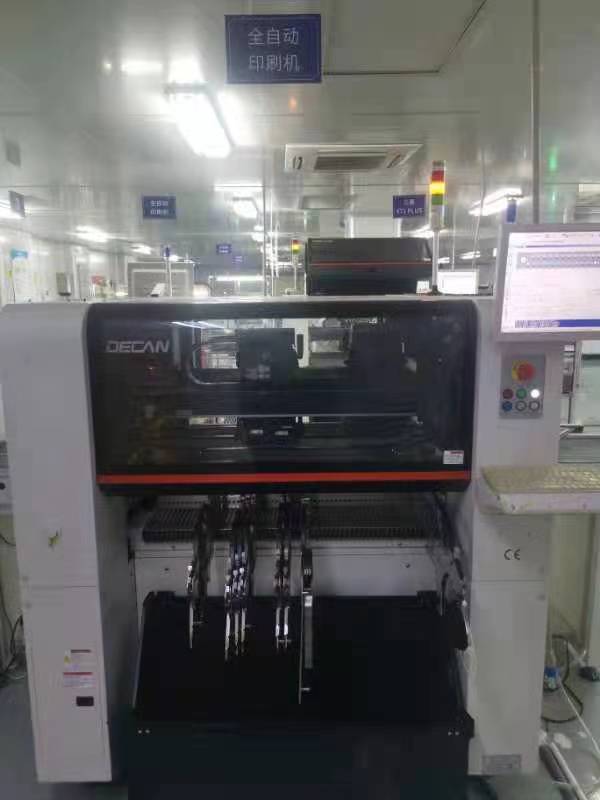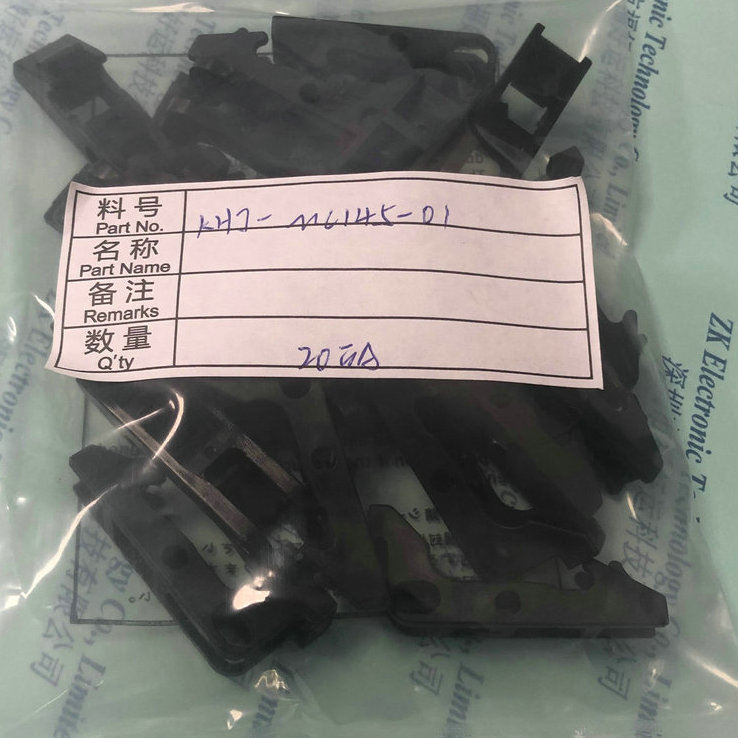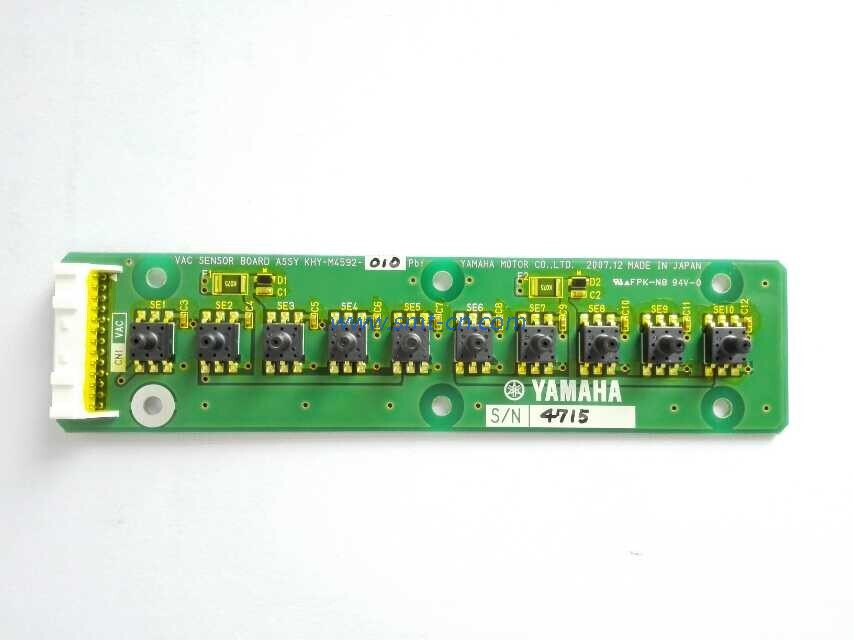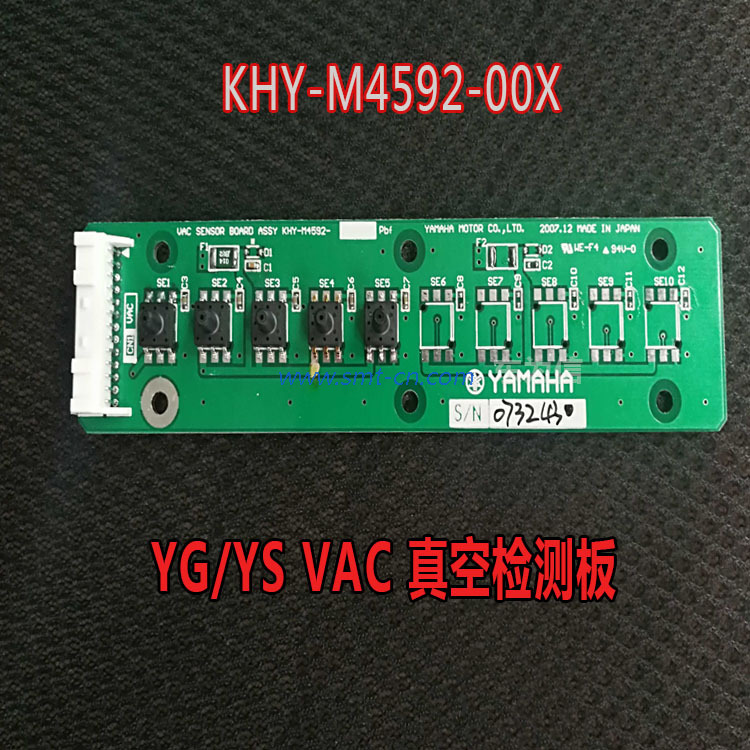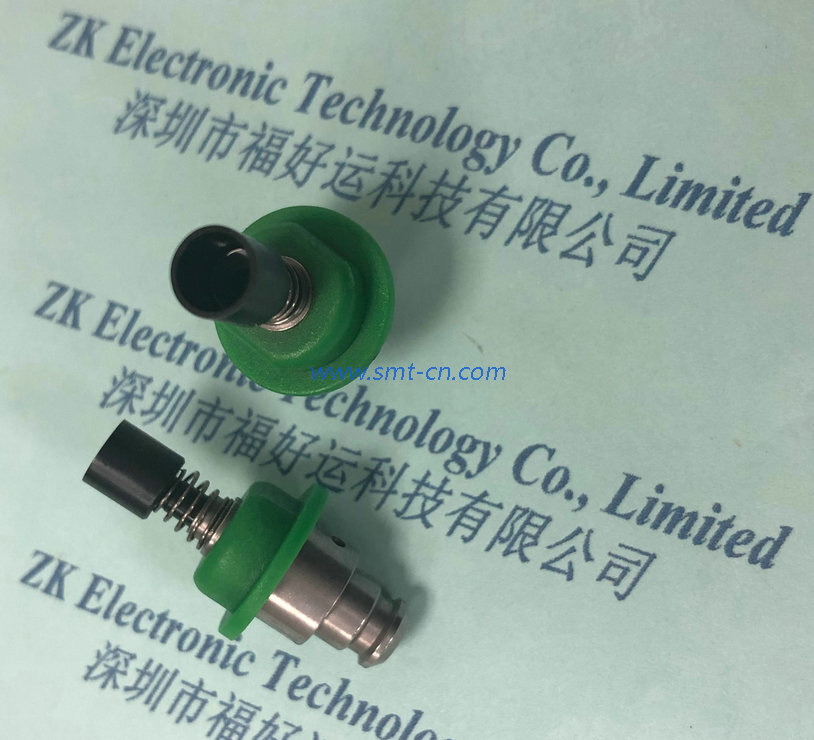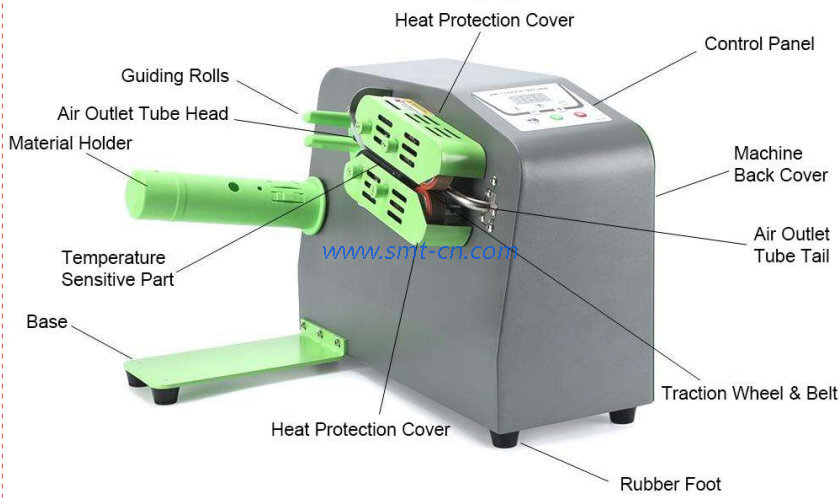NEWS
Design process and steps for efficient automatic PCB routing
- Categories:Industry News
- Author:Becky Su
- Origin:
- Time of issue:2023-04-22 10:12
- Views:
(Summary description)Design process and steps for efficient automatic PCB routing Currently, in order to understand the difficulties in pcb decision design and to speed up product launches, many manufacturers now tend to use dedicated EDA tools to implement PCB design. However, dedicated EDA tools do not produce the desired results, nor do they achieve 100% cloth throughput, and are messy and usually take a lot of time to complete the rest of the work. How can PCB design be better achieved with these tools? Careful analysis of the design and careful set-up of the tool software before you start routing will make the design more compliant. The following is the general design process and steps. 1, determine the number of layers of the PCB The size of the board and the number of layers to be wired need to be determined early in the design. If the design requires the use of high-density ball grid array (BGA) components, it is necessary to consider the minimum number of layers of wiring required to route these devices. The number of layers and the stack-up method have a direct impact on the wiring and impedance of the printed lines. The size of the board helps to determine the stack-up method and the width of the printed lines to achieve the desired design result. 2. Design rules and limitations The automatic wiring tool itself does not know what to do. In order to complete the wiring task, the wiring tool needs to work within the correct rules and constraints. Different signal lines have different wiring requirements. All special requirements should be classified and different design categories should be classified differently. Each signal class should have a priority, and the higher the priority, the stricter the rules. Rules relating to printed wire width, maximum number of vias, parallelism, interaction between signal lines and layer limitations have a significant impact on the performance of the wiring tool. Careful consideration of the design rules is an important step towards successful wiring. 3. Layout of components To optimise the assembly process, Design for Manufacturability (DFM) rules can place restrictions on component layout. If the assembly department allows for component movement, the circuit can be optimised appropriately and more easily wired automatically. The rules and constraints defined influence the layout design. Routingchannels and vias need to be considered during layout. These paths and areas are obvious to the designer, but the automatic routing tool will only consider one signal at a time. By setting the routing constraints and setting the layers on which the signal lines can be laid, the routing tool can do what the designer envisages. 4. Fan-out design In the fan-out design phase, to enable the autowiring tool to make connections to the component pins, each pin of the surface mount device should have at least one vias so that the board can be internally connected, in-circuit tested (ICT) and the circuit reprocessed if more connections are required. For the most efficient automatic routing tool, always use the largest possible over-hole size and printed lines, with a spacing setting of 50 mil being ideal. Use the type of vias that allow for the largest number of wiring paths*. 5. Manual wiring and the handling of critical signals Manual routing is and will continue to be an important process in printed circuit board design. The use of manual routing helps the automatic routing tools to complete the routing work. By manually routing the selected network (net) and fixing it, a path can be formed that can be used as a basis for automatic routing. Regardless of the number of critical signals, they are first routed, either manually or in combination with an automatic routing tool. Critical signals often require careful circuit design to achieve the desired performance. Once the wiring has been completed, it is then checked by the relevant engineering staff, which is a much easier process. Once the check has been passed, these wires are fixed and the automatic wiring of the remaining signals begins. 6. Automatic wiring Wiring critical signals requires consideration of electrical parameters to be controlled during wiring, such as reducing distributed inductance and EMC, and similarly for other signals. All EDA vendors provide a method to control these parameters. With an understanding of what input parameters are available to the autowiring tool and how they affect the wiring, the quality of the autowiring can be assured to a certain extent. Generic rules should be used for automatic routing of signals. By setting restrictions and no-wiring zones to limit the layers used for a given signal and the number of vias used, the wiring tool can automatically route the signal according to the engineer's design ideas. 7. Wiring organisation If the EDA tool software you are using is able to list the wiring lengths of signals and examine this data, you may find that some signals with few
Design process and steps for efficient automatic PCB routing
(Summary description)Design process and steps for efficient automatic PCB routing
Currently, in order to understand the difficulties in pcb decision design and to speed up product launches, many manufacturers now tend to use dedicated EDA tools to implement PCB design. However, dedicated EDA tools do not produce the desired results, nor do they achieve 100% cloth throughput, and are messy and usually take a lot of time to complete the rest of the work.
How can PCB design be better achieved with these tools? Careful analysis of the design and careful set-up of the tool software before you start routing will make the design more compliant.
The following is the general design process and steps.
1, determine the number of layers of the PCB
The size of the board and the number of layers to be wired need to be determined early in the design. If the design requires the use of high-density ball grid array (BGA) components, it is necessary to consider the minimum number of layers of wiring required to route these devices. The number of layers and the stack-up method have a direct impact on the wiring and impedance of the printed lines. The size of the board helps to determine the stack-up method and the width of the printed lines to achieve the desired design result.
2. Design rules and limitations
The automatic wiring tool itself does not know what to do. In order to complete the wiring task, the wiring tool needs to work within the correct rules and constraints. Different signal lines have different wiring requirements. All special requirements should be classified and different design categories should be classified differently. Each signal class should have a priority, and the higher the priority, the stricter the rules. Rules relating to printed wire width, maximum number of vias, parallelism, interaction between signal lines and layer limitations have a significant impact on the performance of the wiring tool. Careful consideration of the design rules is an important step towards successful wiring.
3. Layout of components
To optimise the assembly process, Design for Manufacturability (DFM) rules can place restrictions on component layout. If the assembly department allows for component movement, the circuit can be optimised appropriately and more easily wired automatically. The rules and constraints defined influence the layout design.
Routingchannels and vias need to be considered during layout. These paths and areas are obvious to the designer, but the automatic routing tool will only consider one signal at a time. By setting the routing constraints and setting the layers on which the signal lines can be laid, the routing tool can do what the designer envisages.
4. Fan-out design
In the fan-out design phase, to enable the autowiring tool to make connections to the component pins, each pin of the surface mount device should have at least one vias so that the board can be internally connected, in-circuit tested (ICT) and the circuit reprocessed if more connections are required.
For the most efficient automatic routing tool, always use the largest possible over-hole size and printed lines, with a spacing setting of 50 mil being ideal. Use the type of vias that allow for the largest number of wiring paths*.
5. Manual wiring and the handling of critical signals
Manual routing is and will continue to be an important process in printed circuit board design. The use of manual routing helps the automatic routing tools to complete the routing work. By manually routing the selected network (net) and fixing it, a path can be formed that can be used as a basis for automatic routing.
Regardless of the number of critical signals, they are first routed, either manually or in combination with an automatic routing tool. Critical signals often require careful circuit design to achieve the desired performance. Once the wiring has been completed, it is then checked by the relevant engineering staff, which is a much easier process. Once the check has been passed, these wires are fixed and the automatic wiring of the remaining signals begins.
6. Automatic wiring
Wiring critical signals requires consideration of electrical parameters to be controlled during wiring, such as reducing distributed inductance and EMC, and similarly for other signals. All EDA vendors provide a method to control these parameters. With an understanding of what input parameters are available to the autowiring tool and how they affect the wiring, the quality of the autowiring can be assured to a certain extent.
Generic rules should be used for automatic routing of signals. By setting restrictions and no-wiring zones to limit the layers used for a given signal and the number of vias used, the wiring tool can automatically route the signal according to the engineer's design ideas.
7. Wiring organisation
If the EDA tool software you are using is able to list the wiring lengths of signals and examine this data, you may find that some signals with few
- Categories:Industry News
- Author:Becky Su
- Origin:
- Time of issue:2023-04-22 10:12
- Views:
Design process and steps for efficient automatic PCB routing
Currently, in order to understand the difficulties in pcb decision design and to speed up product launches, many manufacturers now tend to use dedicated EDA tools to implement PCB design. However, dedicated EDA tools do not produce the desired results, nor do they achieve 100% cloth throughput, and are messy and usually take a lot of time to complete the rest of the work.
How can PCB design be better achieved with these tools? Careful analysis of the design and careful set-up of the tool software before you start routing will make the design more compliant.
The following is the general design process and steps.
1, determine the number of layers of the PCB
The size of the board and the number of layers to be wired need to be determined early in the design. If the design requires the use of high-density ball grid array (BGA) components, it is necessary to consider the minimum number of layers of wiring required to route these devices. The number of layers and the stack-up method have a direct impact on the wiring and impedance of the printed lines. The size of the board helps to determine the stack-up method and the width of the printed lines to achieve the desired design result.
2. Design rules and limitations
The automatic wiring tool itself does not know what to do. In order to complete the wiring task, the wiring tool needs to work within the correct rules and constraints. Different signal lines have different wiring requirements. All special requirements should be classified and different design categories should be classified differently. Each signal class should have a priority, and the higher the priority, the stricter the rules. Rules relating to printed wire width, maximum number of vias, parallelism, interaction between signal lines and layer limitations have a significant impact on the performance of the wiring tool. Careful consideration of the design rules is an important step towards successful wiring.
3. Layout of components
To optimise the assembly process, Design for Manufacturability (DFM) rules can place restrictions on component layout. If the assembly department allows for component movement, the circuit can be optimised appropriately and more easily wired automatically. The rules and constraints defined influence the layout design.
Routingchannels and vias need to be considered during layout. These paths and areas are obvious to the designer, but the automatic routing tool will only consider one signal at a time. By setting the routing constraints and setting the layers on which the signal lines can be laid, the routing tool can do what the designer envisages.
4. Fan-out design
In the fan-out design phase, to enable the autowiring tool to make connections to the component pins, each pin of the surface mount device should have at least one vias so that the board can be internally connected, in-circuit tested (ICT) and the circuit reprocessed if more connections are required.
For the most efficient automatic routing tool, always use the largest possible over-hole size and printed lines, with a spacing setting of 50 mil being ideal. Use the type of vias that allow for the largest number of wiring paths*.
5. Manual wiring and the handling of critical signals
Manual routing is and will continue to be an important process in printed circuit board design. The use of manual routing helps the automatic routing tools to complete the routing work. By manually routing the selected network (net) and fixing it, a path can be formed that can be used as a basis for automatic routing.
Regardless of the number of critical signals, they are first routed, either manually or in combination with an automatic routing tool. Critical signals often require careful circuit design to achieve the desired performance. Once the wiring has been completed, it is then checked by the relevant engineering staff, which is a much easier process. Once the check has been passed, these wires are fixed and the automatic wiring of the remaining signals begins.
6. Automatic wiring
Wiring critical signals requires consideration of electrical parameters to be controlled during wiring, such as reducing distributed inductance and EMC, and similarly for other signals. All EDA vendors provide a method to control these parameters. With an understanding of what input parameters are available to the autowiring tool and how they affect the wiring, the quality of the autowiring can be assured to a certain extent.
Generic rules should be used for automatic routing of signals. By setting restrictions and no-wiring zones to limit the layers used for a given signal and the number of vias used, the wiring tool can automatically route the signal according to the engineer's design ideas.
7. Wiring organisation
If the EDA tool software you are using is able to list the wiring lengths of signals and examine this data, you may find that some signals with few constraints are wired to very long lengths. This is a relatively easy problem to deal with, and the signal wiring lengths can be shortened and the number of vias reduced by manual editing. During the finishing process, you will need to determine which wiring makes sense and which does not. As with the manual wiring design, the automatic wiring design can be collated and edited during the inspection process.
Related News
CONTACT US
Hotline:(0086)755-27801389
Mobile: (0086)15323874439
Sale No.1: becky@hysmt.cn
Sale No.2: fhysmt@hysmt.cn
Sale No.3: zksale@hysmt.cn
Sale No.4: sale@hysmt.cn
Sale No.5: elsey@hysmt.cn
GIVE ME A MESSAGE
Copyright: ZK Electronic Technology Co., Ltd 粤ICP备11054297号 Powered by www.300.cn


